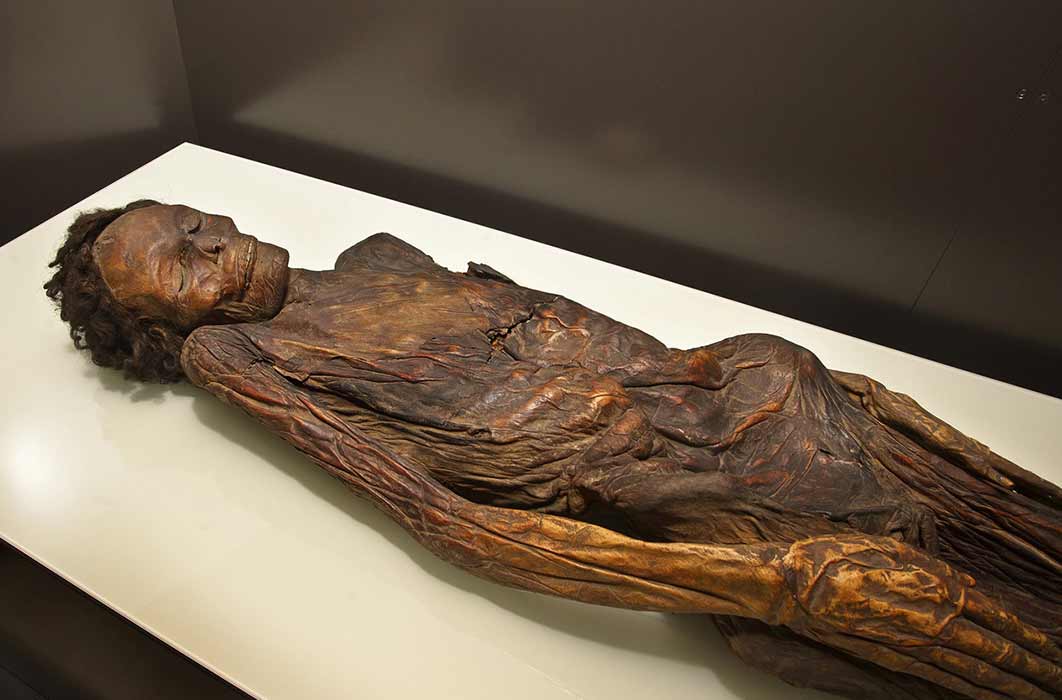
Famous Gaunches Mummies Drenched In Dragons’ Blood Like A Stradivarius Violin
From 1494 to 1496, the island of Tenerife was beset by a military invasion. The conquerors and soldiers of the Castilian kingdom of Castile and Aragon deployed numerous troops to subdue the hardened inhabitants of the island: the formidable Guanches, who had been settled in all the Canaries Islands for thousands of years and whose total population has been estimated at about 100,000 inhabitants by that distant, and fateful, 15th century. Migrating from the neighboring African continent, and more specifically from its northern region, they arrived by their own means and by boats from areas of Western Sahara, Morocco or Tunisia.

The mummy entering the scanner for a computerized axial tomography at Hospital Quirón, Madrid. (Image: Author Provided. Hospital Quirón)
The recent production of the documentary Las momias guanches (The Guanche Mummies), co-produced by RTVE and Story Producciones, has shown in great detail the anatomy and ethnography of the best Guanche mummy preserved to date, of Mencey a Guanche chief, about 40 years old. A team of scientists and artists that include doctors, archaeologists, historians, sculptors and graphic designers used the most advanced techniques of computerized axial tomography to investigate the mummies. For the past five years these unique specimens have been subjected to DNA tests, high-level radiological studies, carbon-14 tests, forensic reconstructions or ultraviolet light studies. Thanks to the study of these mummies, it has been possible to answer the many questions previously hidden about the Guanche culture. Where did they originate from before migrating to the Canary Islands? Why do they share physical features with northern Europeans? Did they have ties to Egypt? According to the documentary, the Guanches achieved a mummification technique so prodigious, studied and effective that many consider it to be equal to the Egyptian one





